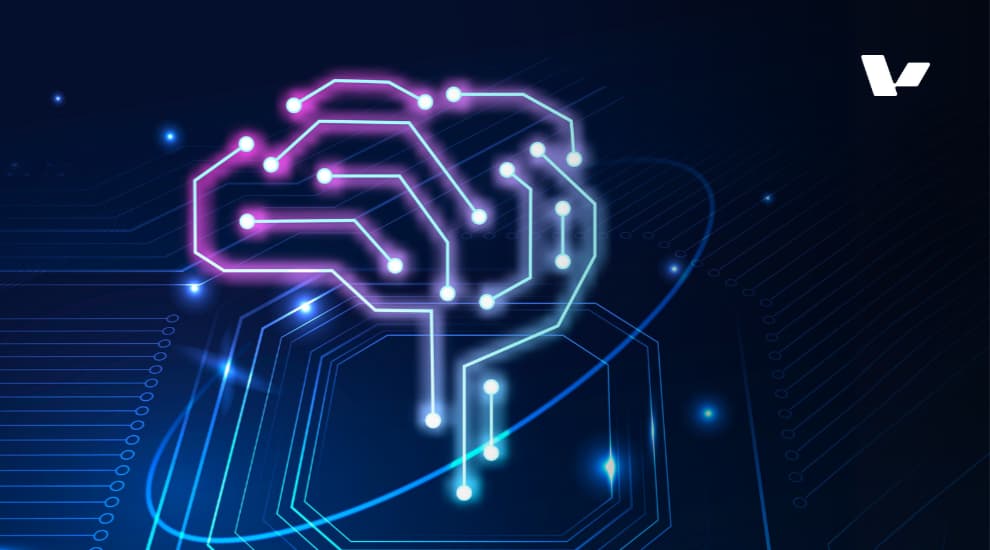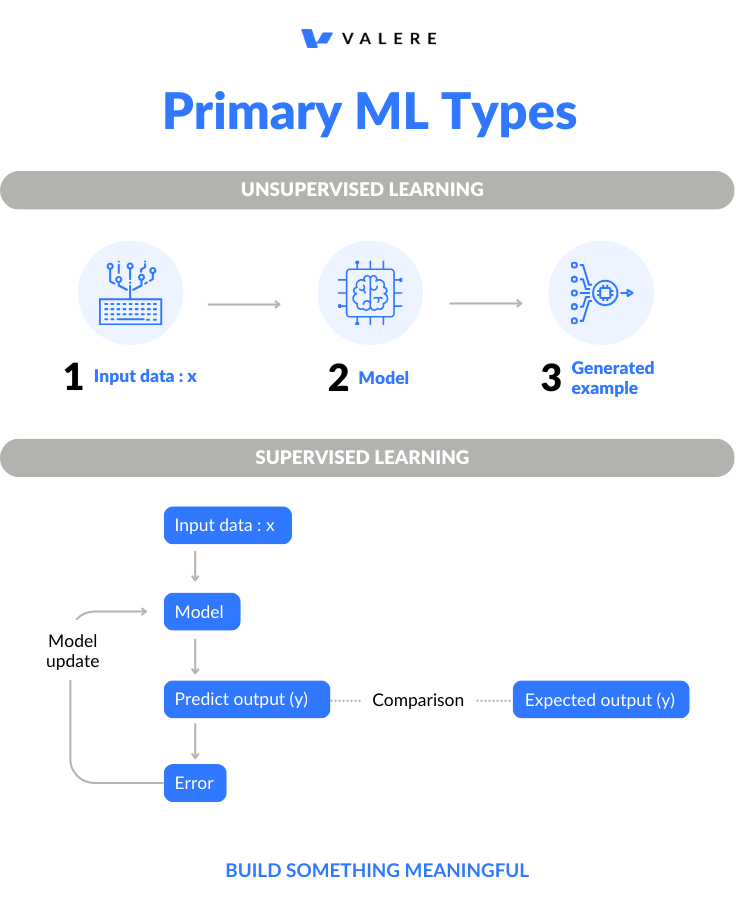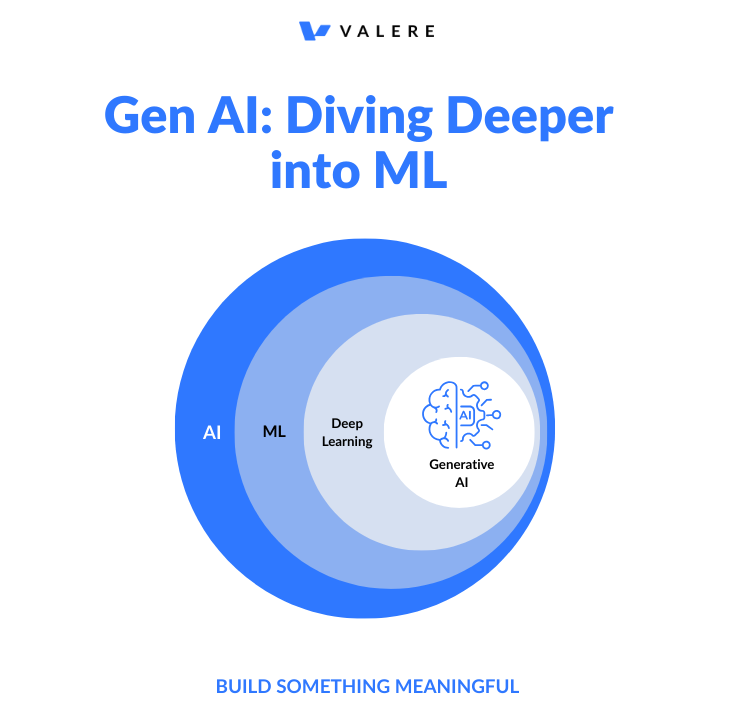In the rapidly evolving world of technology, terms like artificial intelligence (AI), machine learning (ML), deep learning, and neural networks are often used interchangeably. However, each represents a distinct aspect of computer science with unique features and capabilities. This article aims to clarify the differences among these technologies and explain how they interrelate.

On this page
The Hierarchy of AI Technologies
What is AI?
Machine Learning: A Subset of AI
Deep Learning: Diving Deeper into ML
Conclusion
To comprehend the differences, imagine these technologies as a series of nested systems, each encompassing the next:
AI is a discipline, and ML is a subfield.
Artificial Intelligence (AI) is the overarching field concerned with creating machines that mimic human intelligence. AI systems can perform tasks such as speech recognition, decision-making, and language translation, which traditionally require human intelligence.

Machine learning is a subset of AI that enables systems to learn and improve from experience without being explicitly programmed. It uses algorithms to identify patterns within data and make predictions. There are three primary types of machine learning:

Deep learning is an advanced subset of machine learning that employs neural networks with many layers, hence the term "deep." These deep neural networks can analyze vast amounts of unstructured data, such as images and text, to identify intricate patterns. This capability makes deep learning ideal for complex tasks like voice recognition and autonomous driving. Unlike traditional machine learning, deep learning requires minimal human intervention for feature extraction, allowing it to process data more efficiently and accurately.

It’s clear that AI, Machine Learning, and Deep Learning each play a vital role in transforming how we approach problem-solving and decision-making. Whether you're considering AI for your business or looking to integrate advanced technologies like deep learning into your operations, understanding these distinctions is crucial to making the right choices for your needs.
At Valere, we specialize in guiding businesses through these technologies and tailoring solutions to meet your unique requirements.
If you're ready to take the next step in leveraging AI for your organization, schedule a free consultation with us today. Let’s explore how we can help you unlock the potential of AI and drive innovation in your business.

Share